A new study raises questions about the effectiveness of treating attention deficit hyperactivity disorder in young children with medication, finding that most preschoolers continued to have serious symptoms years after they were originally diagnosed.
The results, published in the Journal of the American Academy of Child & Adolescent Psychiatry this week, found that on the whole, children treated with medication did not appear to have markedly less severe symptoms than their medication-free counterparts. Nine out of 10 children with moderate to severe ADHD continued to be impaired six years after their initial diagnosis.
"It is worrisome that children with ADHD, even when treated with medication, continue to experience symptoms," said study author Dr. Mark Riddle, a pediatric psychiatrist at Johns Hopkins Children's Center in a statement. "What we need to find out is why that is and how we can do better."
The "Preschoolers with ADHD Treatment Study (PATS)," which was sponsored by the National Institute of Mental Health, was developed to test the safety and efficacy of methylphenidate, or Ritalin, in preschoolers. Riddle and his colleagues analyzed data from 186 children -- 75 percent of whom were boys -- who'd been diagnosed with ADHD between the ages of 3 and 5, and periodically followed for six years.
About 62 percent of children who took drugs for their ADHD -- mainly stimulants but also other medications, such as norepinephrine reuptake inhibitors -- had symptoms of hyperactivity and impulsiveness considered clinically significant, compared to 58 percent of those not treated with medication. The study could not address whether the seeming lack of effectiveness of those medicines long-term was due to poor adherence or because of the medications themselves.
"These findings can cast doubt about the commonly assumed effectiveness of medication, or it could reflect uncertainty about adherence and follow-up," said Steven Meyers, a professor of psychology at Roosevelt University who did not work on the study.
Safety concerns about stimulant use persist. Since 2007, the Food and Drug Administration has required that manufacturers of ADHD medications develop and include guides alerting patients to the possibility of adverse cardiovascular or psychiatric issues. Last spring, Scientific American reported that evidence increasingly suggests that behavioral and cognitive therapies -- which take time but are without many of the health risks -- are safer and more effective than stimulants in the long-run.
More and more children are now diagnosed with ADHD. Estimates from the 2011 National Health Interview Survey suggest that 5.2 million children, or 8.4 percent of 3- to 17-year-olds in the U.S., have been labeled with the condition, which is now the most commonly diagnosed behavioral disorder in kids. Symptoms include difficulty staying focused, inattention and hyperactivity. In an e-mail to HuffPost Riddle said that "prevailing opinion" is that it is becoming a more common diagnosis in early childhood because "clinicians, teacher and parents are more aware of ADHD."
The findings of the new study were focused on children with moderate to severe ADHD, which is less common than more mild cases, Meyers said.
"It is possible that children who are less challenged would have a more favorable outcome," he told HuffPost, pointing out that the study authors did find ADHD symptoms for all children improved for the first three years, but then leveled off. "Even a small amount of improvement for children with few symptoms could bring them much closer to the average range."
For now, he said, the takeaway for parents of young kids with ADHD is to recognize they may be contending with a long-term disorder requiring ongoing monitoring and assistance.
"Parent training and guidance is an important ingredient in learning how to manage these challenges," said Meyers.